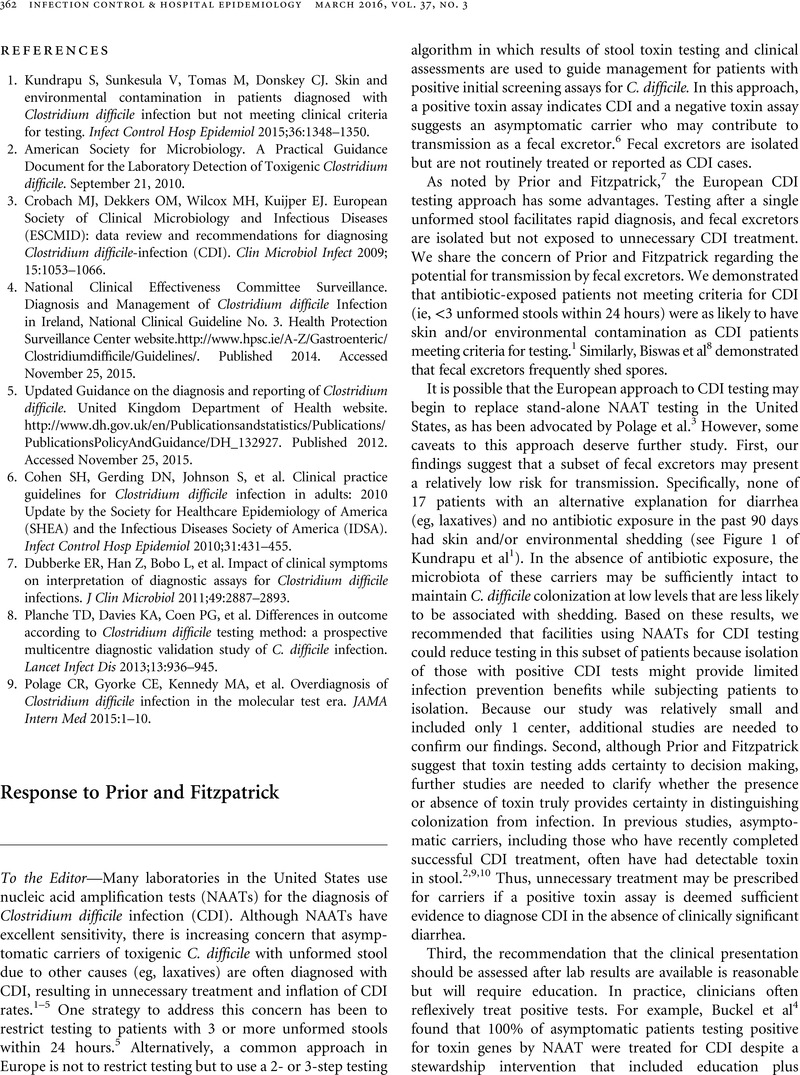Crossref Citations
This article has been cited by the following publications. This list is generated based on data provided by Crossref.
Donskey, Curtis J.
2017.
Clostridium difficile in Older Adults.
Infectious Disease Clinics of North America,
Vol. 31,
Issue. 4,
p.
743.
Silva, André Luiz de Oliveira
Marra, Alexandre R.
Martino, Marinês Dalla Valle
Mafra, Ana Carolina Cintra Nunes
Edmond, Michael B.
and
dos Santos, Oscar Fernando Pavao
2017.
Identification of Clostridium difficile Asymptomatic Carriers in a Tertiary Care Hospital.
BioMed Research International,
Vol. 2017,
Issue. ,
p.
1.
Bermejo Boixareu, Cristina
Tutor-Ureta, Pablo
and
Ramos Martínez, Antonio
2020.
Actualización sobre infección por Clostridium difficile en el paciente mayor.
Revista Española de Geriatría y Gerontología,
Vol. 55,
Issue. 4,
p.
225.
Donskey, Curtis J.
2023.
Update on Clostridioides difficile Infection in Older Adults.
Infectious Disease Clinics of North America,
Vol. 37,
Issue. 1,
p.
87.



